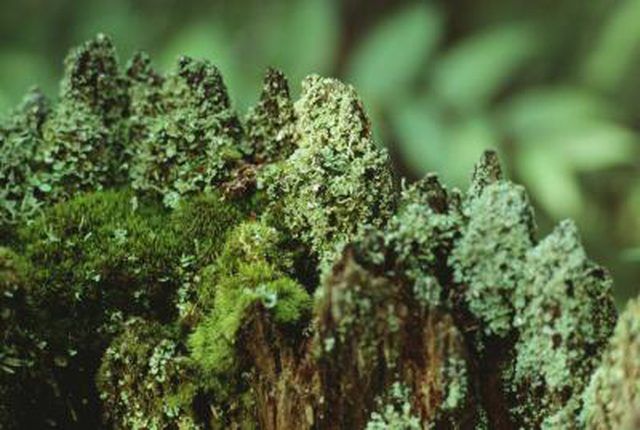Bulbs
Flower Basics
Flower Beds & Specialty Gardens
Flower Garden
Garden Furniture
Garden Gnomes
Garden Seeds
Garden Sheds
Garden Statues
Garden Tools & Supplies
Gardening Basics
Green & Organic
Groundcovers & Vines
Growing Annuals
Growing Basil
Growing Beans
Growing Berries
Growing Blueberries
Growing Cactus
Growing Corn
Growing Cotton
Growing Edibles
Growing Flowers
Growing Garlic
Growing Grapes
Growing Grass
Growing Herbs
Growing Jasmine
Growing Mint
Growing Mushrooms
Orchids
Growing Peanuts
Growing Perennials
Growing Plants
Growing Rosemary
Growing Roses
Growing Strawberries
Growing Sunflowers
Growing Thyme
Growing Tomatoes
Growing Tulips
Growing Vegetables
Herb Basics
Herb Garden
Indoor Growing
Landscaping Basics
Landscaping Patios
Landscaping Plants
Landscaping Shrubs
Landscaping Trees
Landscaping Walks & Pathways
Lawn Basics
Lawn Maintenance
Lawn Mowers
Lawn Ornaments
Lawn Planting
Lawn Tools
Outdoor Growing
Overall Landscape Planning
Pests, Weeds & Problems
Plant Basics
Rock Garden
Rose Garden
Shrubs
Soil
Specialty Gardens
Trees
Vegetable Garden
Yard Maintenance
Difference Between Flowering & Nonflowering Plants
Difference Between Flowering & Nonflowering Plants. The main difference between flowering and nonflowering plants is their method of reproduction. Flowering plants rely on pollination for reproduction, where as nonflowering plants rely on dispersion to continue their life cycle.
The main difference between flowering and nonflowering plants is their method of reproduction. Flowering plants rely on pollination for reproduction, where as nonflowering plants rely on dispersion to continue their life cycle.
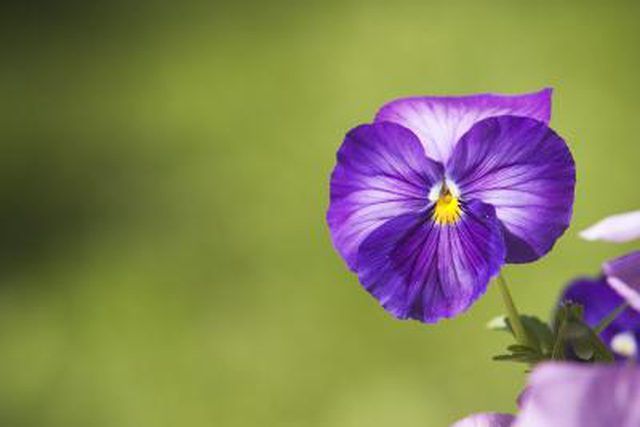
A flowering plant in simple terms is a plant that at some point during its life cycle produces a flower. A flowering plant is called an angiosperm. It is important to remember that the flower is part of the reproduction cycle. All flowering plants produce seeds.
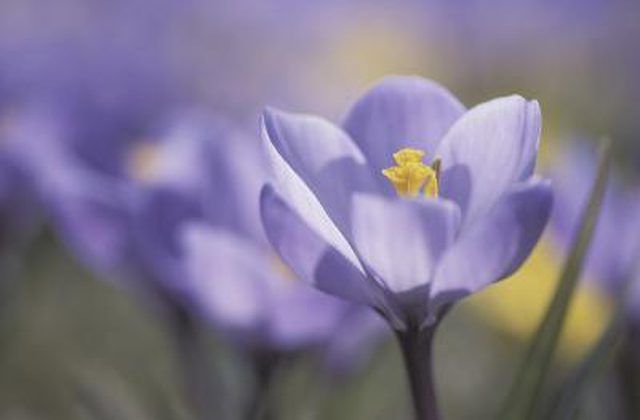
Nonflowering plants are those that never produce a flower. Some nonflowering plants still produce seeds; this type of plant is called a gymnosperm. Conifer trees—pines, for example—are among the most well-known gymnosperms.
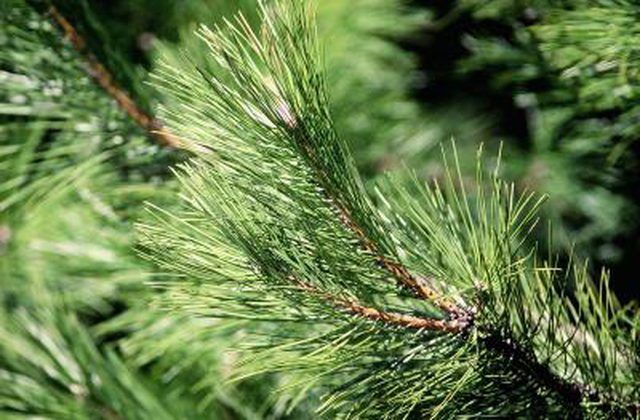
Mosses and ferns are the other two major types of plants that do not grow flowers. Mosses and ferns reproduce by spores instead of seeds.
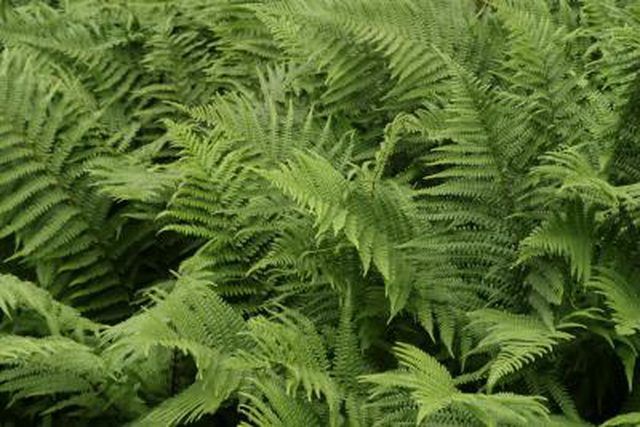
Angiosperms grow seeds inside a protective shell called the ovary. As the plant matures, what was the ovary becomes the fruit of the plant. Gymnosperms have what are called naked seeds, because they are not covered by anything. Gymnosperms do not produce fruit.
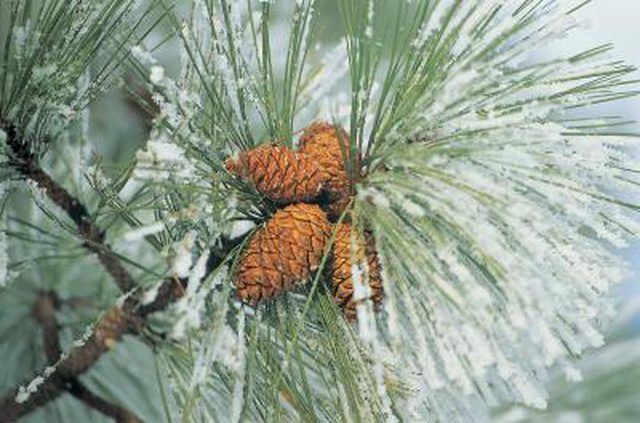
Seeds are produced when pollen (male sex germ) encounters the ovules (female sex germ). Some plants have both the pollen and ovules on them and can produce seeds independently. Other flowering plants must rely on pollination. Pollination is when pollen is carried from one plant to another either by the wind or by insects.
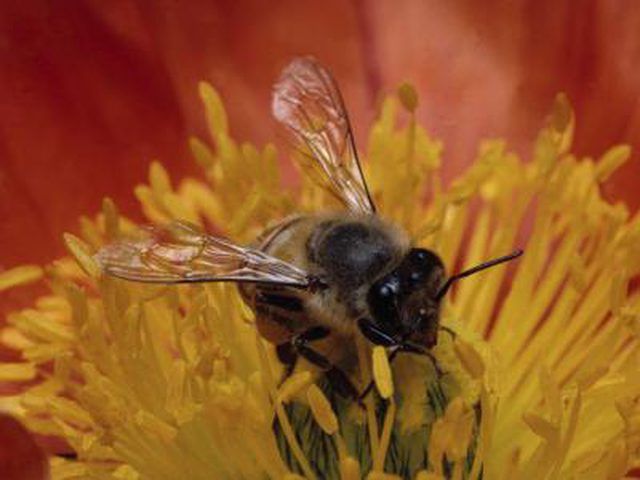
Spores grow on the underside of fern leaves and in moss. The spores dry out and fall off the plant. They are then carried away by the wind. Once they are exposed to a moist environment the spores can begin growing into a new plant.
